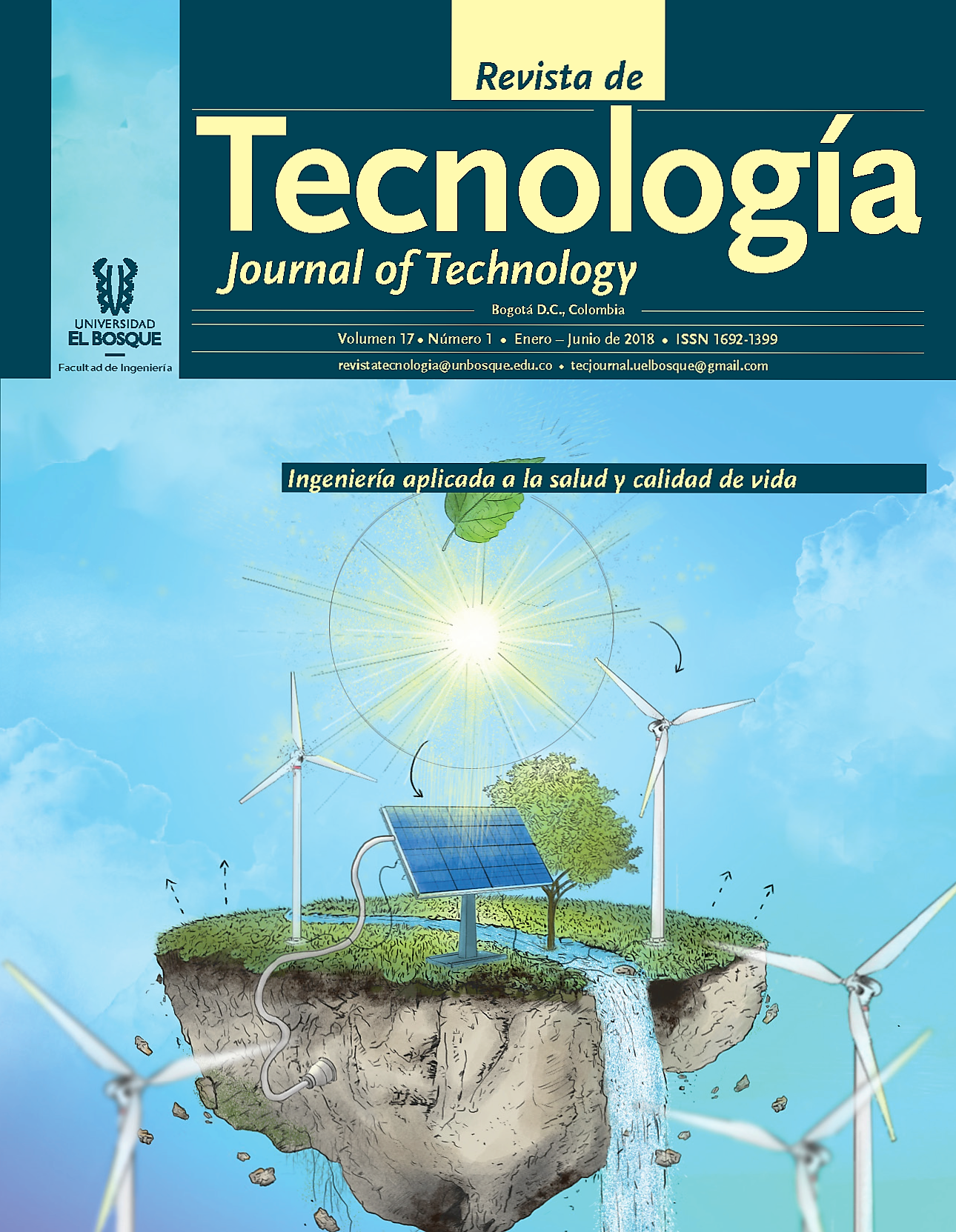Vientos y lluvia
El papel de la bomba biótica
DOI:
https://doi.org/10.18270/rt.v17i1.2948Palabras clave:
bomba bioticaResumen
En 2007, Anastassia Makarieva y Victor Gorshkov elaboraron la Teoría de la Bomba Biótica (Makarieva A. a., 2007). Los dos científicos, matemáticos/físicos del Instituto de Física Nuclear de San Petersburgo, Rusia, describieron la Teoría de la Bomba Biótica (BPT) en términos de las leyes fundamentales de la física relativas al cambio de fase cuando el agua se evapora y luego se condensa a través del proceso de formación de nubes, a medida que el aire húmedo se eleva en la troposfera y se enfría con la altitud. El grado de saturación del vapor de agua sigue la ecuación de Clausius-Clapeyron para los gases ideales, teniendo en cuenta la temperatura (Kelvin), la humedad relativa y la presión barométrica.
Descargas
Referencias bibliográficas
[2] Bunyard, P. P. (2017). Condensation and partial pressure change as a major cause of airflow: expe- Figure 13. The biotic pump in action. Source: Peter Bunyard, diagram by Andrew Ayres rimental evidence. DYNA, 84(202), 92-101. http:// doi.org/10.15446/dyna.v84n202.61253
[3] Bunyard, P. P. (2019). Further experimental evidence that condensation is a major cause of airflow. DYNA, 86(209), 56-63. http://doi.org/10.15446/ dyna.v86n209.73288
[4] Maeda, E. E. (2017). Evapotranspiration seasonality across the Amazon Basin. Earth Syst. Dynam., 8, 439-454. doi: 10.5194/esd-8-439-2017
[5] Makarieva, A. a. (2007). Biotic pump of atmospheric moisture as driver of the hydrological cycle on land. . Hydrology and Earth System Sciences (11), 1013- 1033. doi: 10.5194/hess-11, 2007
[6] Makarieva, A. M. (2013). Where do winds come from?. A new theory on how water vapor condensation influences atmospheric pressure and dynamics. Atmospheric Chemistry and Physics, 13, 1039-1056. doi: 10.5194/acp-13-1039-2013
[7] Marengo, J. A. (2006). On the hydrological cycle of the Amazon Basin: A historical review and current state-of-the-art. Revista Brasileira de Meteorologia., 21(3), 1-19.
[8] Poveda, G. a. (2000). On the existence of Lloro (the rainiest locality on Earth): Enhanced oceanland- atmosphere interaction by a low-level jet. Revista de Tecnología ¦ Journal of Technology ¦ Volumen 17 ¦ Número 1 ¦ Págs. 5-15 ¦ 15 Winds and Rain: The Role of the Biotic Pump Geophysical Research Letters, 27(11), 1675-1678. doi:10.1029/1999GL006091, 2000.
[9] Poveda, G. L. (2014). Seasonal precipitation patterns along pathways of South American lowlevel jets and aerial rivers. Water Resour. Res., 50, 98–118. doi:10.1002/2013WR014087, 2
Descargas
Publicado
Número
Sección
Licencia
PUBLICIDAD
La Revista de Tecnología – Journal of Technology ISSN 1692-1399 invita a dirigir sus órdenes publicitarias a la dirección electrónica tecjournal.uelbosque@gmail.com ; revistatecnologia@unbosque.edu.co, a romerojaimea@unbosque.edu.co.
ADVERTISING
Revista de Tecnología – Journal of Technology ISSN 1692-1399 invites to advertise by inquiring sending an e-mail to revistatecnologia@unbosque.edu.co, or romerojaimea@unbosque.edu.co
FORMA DE ADQUISICIÓN
Compra, canje o suscripción.Purchase, exchange or subcriptions.Acheter, echange o de abonnement.
Suscripciones y solicitudes de canje.Subscriptions or Exchange. – A besoine D’echange.
Avenida Carrera 9 131A-02 Edificio Fundadores, Piso 3 – ala sur Oficina de Publicaciones de la Facultad de Ingeniería, Universidad El Bosque, Bogotá D.C., Colombia.Tel. + 571 648 9000 ext. 1385 – Fax + 571 625 2030revistatecnologia@unbosque.edu.cotecjournal.uelbosque@gmail.com


